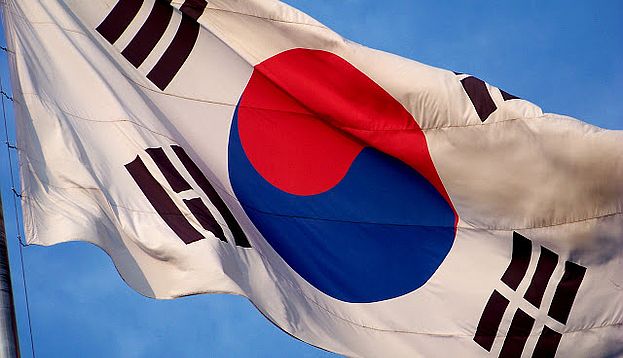While many think that the gaming scene is quite big in America, it’s also making a huge impact in South Korea – and it could get even bigger, according to an article from Tech In Asia.
The article explains that, last year, South Korea saw an annual revenue of $2.5 billion, the highest total for the market following a decade of growth. It got to the point where many avid gamers played massive multiplayer online role-playing games (MMORPG’s) as their main free time activity, spending thousands of dollars to have all the latest items. In fact, it got to the point that console and smartphone gaming was even eclipsed – a huge fact considering their impact in other parts of the world.
However, this year, things are different. “Local companies no longer cater to local tastes,” the article reads. “They have turned to China to find growth. The South Korean government’s decision to cap a person’s spending in online games provided some of the impetus for this change.” However, it also notes that a variety of competition – including games from the U.S. and other developers – played a part in changing the domestic market as it originally was. A recent event, G-Star, also highlighted titles that weren’t made solely in that country.
Part of this Western impact comes from the likes of Blizzard and Valve, whose titles (like World of Warcraft and DOTA 2, respectively) have gained an immense following overseas – even in a short time frame. Riot Games’ League of Legends has also played a huge part, where it continues to be a tremendous draw with tournaments worldwide.
Part of the impact from lost revenue comes from pricing competition through these developers. “While Nexon pioneered the virtual goods business in the early 2000’s with a free-to-play model, other Korean MMORPG makers stuck to subscriptions,” explains the article. “When League of Legends offered a free-to-play model to compete against the subscription fees offered by similar games, it blew open the market. It took NCSoft, the developer of Lineage and Aion, years to launch a free-to-play version, and NCSoft still has not regained the audience it lost.
“Today, four of the top five games in Korea are from overseas developers – and League of Legends, the largest online game in the world, claims 40 percent of the South Korean market.”
Meanwhile, the smartphone market has picked up immensely in the country, with 70 percent of Korean people having access to some form of device – all within an 18-month period. The messaging app KakaoTalk also boosted attention to mobile, with its various social features.
Still, Tech In Asia believes the government provided the biggest blow to the market, setting a curfew at game cafes across the country and capping the amount a person can spend on a game, to the tune of $300 a month. This hurt several developers in the process, to the point where some even saw layoffs, like Neowhiz. However, the $13 billion Chinese game market continues to keep most afloat, despite the limitations. Crossfire is easily one of the most popular titles, clearing $1 billion last year for China alone.
It’ll be interesting to see if any changes come to the market in 2015 – or if the government possibly loosens its grip on spending. One thing’s for sure – Western developers are certainly making a bigger impact in Korea than anyone expected.

